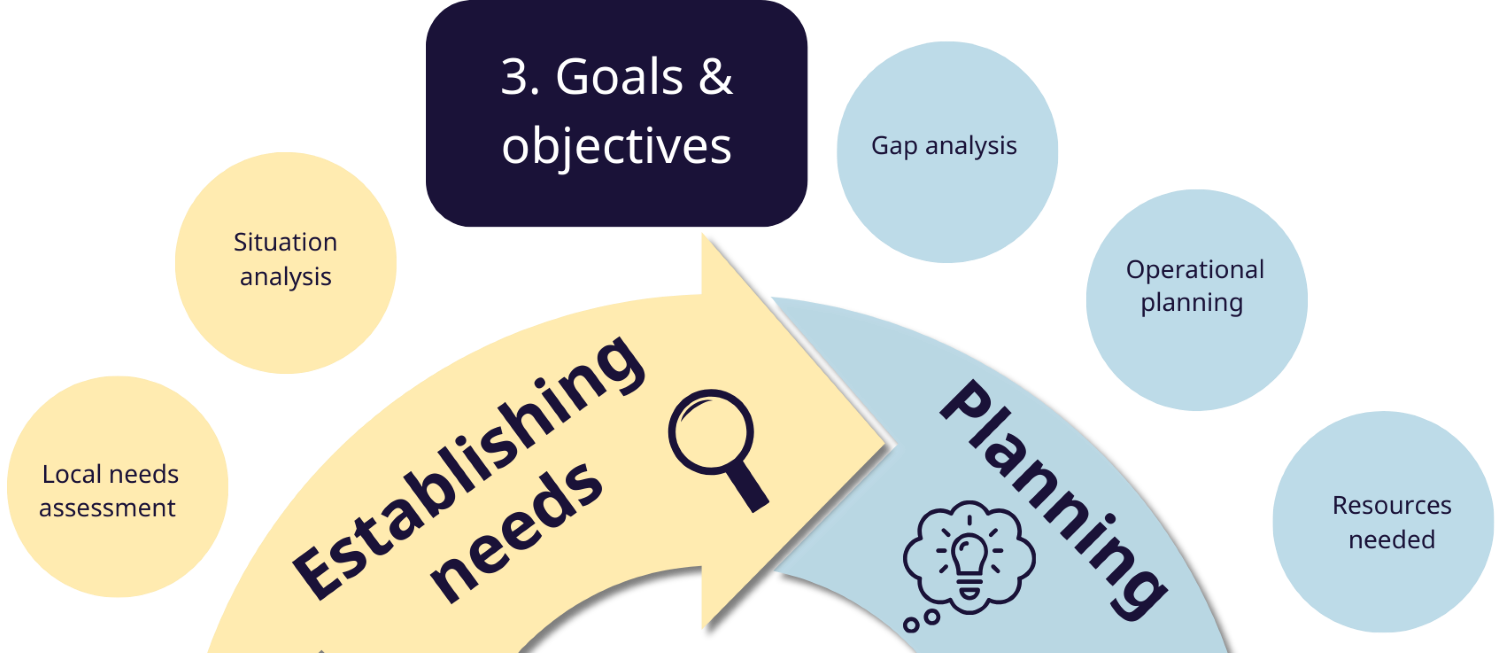Join a powerful, unprecedented alliance for better eye health for all.
Join IAPB
Prevalence of uRE and other eye conditions may vary depending on the regions. In order to plan effectively school eye health programmes, local assessment of the needs is required to ensure relevance of the interventions. The extent of uncorrected refractive errors and NVIC needs to be assessed not only for children but also for teachers.
Understanding the national and local context in which the programme will be embedded is an essential step in planning. In fact, collaboration with ministries, schools, and local eye care providers is crucial for sustainability, so a good understanding of the current situation is required.
An early sensitisation meeting with representatives from ministries of health and education, and other key stakeholders is recommended. They can contribute to the endorsement of the programme, identification of other school health programmes that can be integrated and help in the selection of schools to target. Key informant interviews can be useful to complete the situation analysis and a review of any prevalence data or other eye health program data, monitoring or published available.
A complete situation analysis should include overviews of:
With regards to eye health, culture can impact people’s perceptions of diseases and what they are willing to communicate with health workers; health-seeking behaviour; understanding of the treatment process, options and decision making; interactions with program staff and health services; attitudes to outsiders, helpers and authorities; gender norms and differential treatment of boys and girls; and community attitudes (and potentially stigma) towards vision impairment, disability and wearing glasses.
Therefore, diversity, equity and inclusion considerations should be part of the initial meetings between program managers, partners and relevant stakeholders to adapt the program to the specific context.